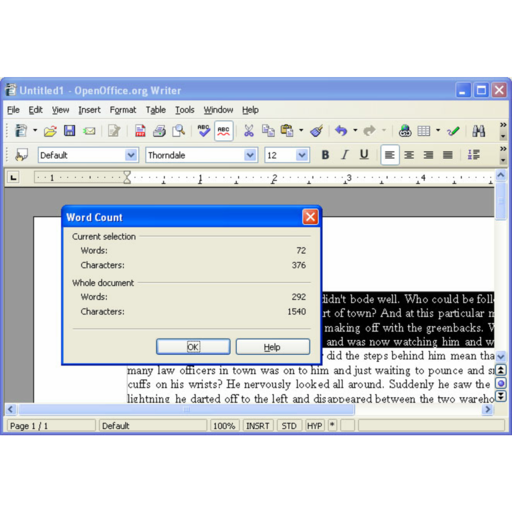
- #BASIC FORM FOR OPENOFFICE BASE HOW TO#
- #BASIC FORM FOR OPENOFFICE BASE PASSWORD#
- #BASIC FORM FOR OPENOFFICE BASE FREE#
When you create a new database in the wizard, you may have the option of creating tables in a wizard, depending on the type of database you are using. Since each record is unique, setting up a table consists of adding columns to it. Each row is a single record, and each column is a separate field within each record. Instead of being organized into cells that can either be part of a larger record or individual containers of data, tables are always organized by rows. Although they resemble spreadsheets, they are organized somewhat differently. Tables are the basic structure of a database. Whenever possible, you should consider using the wizard, especially if you are unfamiliar with databases. In some cases, you only have the choice of editing in Base, but with new databases and some others, such as spreadsheets, you also have the option of editing tables in another wizard. When you have registered a new database or connected to an existing one, you have the option of editing the database. Once the connection to the database is entered, in some cases, such as Evolution address books, you will be unable to continue in the wizard, and will have to edit directly from Base, regardless of your preference - although why this limitation exists is unclear.
#BASIC FORM FOR OPENOFFICE BASE HOW TO#
These variations are too numerous and too different from each other to discuss here in any more detail, but if you click the Help button on the second page of the wizard, you will find detailed instructions on how to deal with each type of supported format.
#BASIC FORM FOR OPENOFFICE BASE PASSWORD#
Since this option has no drawbacks and is convenient, usually there is no reason not to register the new database.īy contrast, if you open an existing database, you move directly to Base, while if you choose another database format, you need to enter the path to it and other information that will allow you to use the database - anything from a simple password to the porter, server URL, and database driver. If you are creating a new database, you are asked if you want to register it so that you can use data from it in other OpenOffice applications (a subject for another article). What happens on the next page of the wizard depends on your choice. Another option is to choose an or MS Excel spreadsheet, which is useful for when you want to explore Base quickly or when you want to convert a growing spreadsheet into a database.
#BASIC FORM FOR OPENOFFICE BASE FREE#
Besides formats such as MySQL and Oracle, Base also supports several other formats on the free desktop, including Mozilla, Evolution, and KDE address books.


Old question, but popular, hope this helps.When databases became available for the personal computer in the mid-1980s, they quickly gained a mystique as the ultimate productivity applications. Of course, there would be a limited recordset visible, but it would be fast and clean: main_frm.Filter = " ""frmB_col"" = 'frmA_data'" You could use those commands and test the values of controls on your form as you go.Ī better way would to filter the contents of the form. Main_form = frm_.getbyindex(0)įunctions for moving to different rows in the record source are, among others (look at. Main_form = form_container.getByName("MainForm")įor opening a form, I have seen this, which appears to get to the same place: form_container = ("Form1")

The best API reference is here but it is not so user-friendly.įor the functional question, I have found most useful an alternative syntax, which refers to the form root and controller:: root_doc = ThisComponentįorm_ctrlr = root_doc.getCurrentController() The cleanest way to explore functions and methods in LO Basic is to identify the object in question and then execute: MsgBox target_object.dbg_properties


 0 kommentar(er)
0 kommentar(er)
